Best Sous Vide Bags for Safety and Reusability
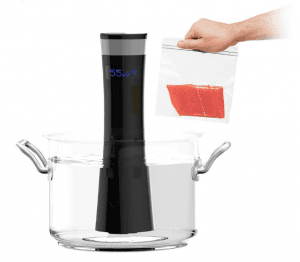
There are a wide array of sous vide packaging methods available, so the answer to this question largely relies on what you plan on cooking and which benefits are most important to you (cost, reusability, or performance). Unfortunately, there is no easy answer to this inquiry. No single sous vide bag to point to as the ultimate and perfect solution. Ultimately, you’ll have to make some comparisons and make the wisest choice depending on your goals. So, to help you identify which sous vide bags to use, we ranked them in order of our most preferred methods and also highlighted the major benefits. It should offer a useful guide for anyone struggling to get the most out of their sous vide bags. But first, let’s discuss an important and popular topic:
Are Sous Vide Plastic Bags Safe?
Now, here is a question with a simple and definitive answer. Yes…as long as you buy the right ones. The reason why so many people often question the safety of using plastics with sous vide is because of BPA chemicals and the possibility of melting the plastic or seal. Obviously, this would spoil any sous vide dish. Luckily, nearly all food-grade bags today are BPA-free, and since the bags are BPA-free, you don’t have to worry about the plastics in your sous vide container since they won’t touch your food. So, that should come as a relief to all home sous vide chefs. To sum up the question, sous vide plastic bags are perfectly safe if you purchase the correct types – always read the labels before you make a purchase. Don’t cheap out or grab bags without consideration. Down that road lies disaster.
Any vacuum sealer bags or bags that are specifically made for sous vide should be fine. If you enjoy using Ziploc bags, just be sure to look for the extra thick “freezer-style” bags which also often say “food-grade.” Those will be safe for use with your sous vide cooker.
Vacuum Sealer Bags for Sous Vide
✅ Best Performance
✅ Safe
✅ Cheap (especially if you buy in bulk or have a chamber vacuum sealer)
❌ Semi-Reusable
Vacuum sealer bags are perfectly safe and are the most recommended method for cooking sous vide. These should be considered standard issue sous vide bags. Vacuum sealing creates a tight wrap around your food, resulting in more surface contact with the hot water and more precise cooking temperatures. In addition, these sous vide bags can be used with high temperatures as the seals resist breaking and spoiling food. So, this isn’t just the most effective style of sous vide back, it’s also the most dependable.
We recommend picking up the bags that match whichever vacuum sealer you use (we use FoodSaver). However, another benefit we would like to point out is that you actually do not even need a vacuum sealer to use these bags. Simply add your food to the bag and clip the opening to the side of your pot or container. It really is that simple!
Heavy Duty Ziploc Bags
✅ Ok Performance
✅ Safe, if below 158F
✅ Cheap
❌ Semi-Reusable
If you’re in a pinch, heavy duty Ziploc bags can be used for sous vide sessions as long as the temperature is below 158F. When cooking above this temperature, Ziploc seals can break open. This is disastrous, resulting in water spilling into your bag and a rubbery boiled steak. Some people double up on the bags to help prevent this from happening, but again, if cooking at higher temperatures, just use sous vide bags (vacuum seal-type bags). That’s always the safest way to go.
Another important aspect of sous vide cooking with Ziploc bags is to ensure that you use the water displacement method. This is essentially an easy way to get the air out of the bag prior to sealing the top. To use the water displacement method, follow these simple steps:
- Add food to the bag and leave seal open.
- Slowly lower the bag into the water, continuing until there is only an inch or so of the remaining bag + seal sticking out.
- Seal the bag at this point, not earlier.
Simple, right? The pressure from the water pushes any air out of the bag as you lower it into the water. While it doesn’t get all of the air out like a vacuum sealer does, it’s certainly enough for sous vide. This is an import tip for anyone who intends to sous vide with a ziplock bag.
Stasher Reusable Silicone Bags
✅ Most Sustainable
✅ Safe
❌ Pricey, but one-time cost
✅ Fully Reusable
Additional Supplies for Sous Vide Packaging
Canning Jars
✅ Good Performance (but limited)
✅ Safe
❌ Costly (but one-time charge)
✅ Reusable
Canning jars work amazing for multiple sous vide recipes, and best of all, they’re obviously reusable! The most common uses for canning jars with sous vide is pickling and desserts such as crème brule. More recently, Starbucks began selling sous vide egg bites which sparked a sous vide trend of making homemade egg bites in small canning jars. These are an absolutely delicious treat that finally brings sous vide cooking to breakfast menus!
Canning jars are absolutely safe to use as long as you ensure to not over tighten the lids when cooking because air must be able to escape. Otherwise, things could get messy.
Saran Wrap
❌ Poor Performance
✅ Safe
✅ Cheap
❌ Not Reusable
Ok. We know what you’re thinking. No, you cannot do a full cook with just Saran wrap! However, high quality plastic wrap can be used in conjunction with other methods listed above to help retain the shape of foods throughout the sous vide process. For example, you can wrap your roast in saran wrap to better retain its shape and prevent any herbs in the bag from leaving fossil-like indentations on it. So, Saran Wrap can absolutely be used safely as part of your sous vide process. The key is not making it your only tool during sous vide. That would lead to disaster.
Clips for your Container
If you elect to use ziploc bags or sous vide bags without sealing them, it’s highly recommended to clip the bags to the rim of your sous vide container. This will help smooth out the process of cooking with an unsealed bag. That’s because doing so prevents spillage or breaking the seal of ziploc bags. It’s also much easier to grab your food once the cook is done since you don’t have to fish around in hot water. It may look a bit strange, but this is actually quite an effective, easy, and safe way of cooking sous vide.
Help! My Bags Are Floating!
We’ve all been there. You follow all of the proper precautions. You’re ready for a satisfying sous vide session. Then suddenly all of your bags start floating. This is a common frustration for any sous vide home chef. We’ve all had floating bags. So why does it happen? Well, bags float due to there being any air remaining in the bag. This isn’t just an irritating flub either. This can be very dangerous if any uncooked meat remains out of the water. Even vacuum sealers sometimes leave a small amount of air in the bag, which is all it takes to make the bag float. Luckily there are multiple solutions if you frequently experience this. The following tools can be real lifesavers in the kitchen and ensure that you never suffer from a dreaded case of the floating bags:
FAQS
How do you clean a sous vide bag?
The same rules apply to sous vide bags as Ziplock bags, although with a few caveats. When working sealing meat you generally want to discard the bags after use. However vegetable products, bread and the like are all usually fine to re-use. To do so we typically use a little bit of dish soap and a lot of hot water as a simple precaution against bacteria growth.
Are sous vide bags recyclable?
Generally speaking, vacuum sealable sous vide bags are recyclable – although you need to check your local recycling rules to be sure. You can also reuse the same bags if you like, but this requires some extra effort. Re-sealing a vacuum sealable bag requires you to slice off the previously sealed section of the bag with a sharp knife in order to make a fresh seal lower down the bag. In this way your bags will become slightly smaller with each use until eventually there isn’t much point to keeping them around.
How many types of sous vide bags are available on the market?
There are a wide variety of sous vide vacuum sealable bags on the market. With that said, generally speaking we look for universal bag designs. If your bags come with lightly cross-hatched indentations on the outside of the bag this is a manufacture’s sign that those bags are specifically for vacuum sealing. These universal bags work for the majority of sous vide units, although companies like FoodSaver do offer their own proprietary line of bags.
Conclusion
Plastic sous vide bags are perfectly safe to use as long as you purchase the right type. There are many options at your disposal and all have strengths and weaknesses to consider. That said, it goes without sous vide bags (aka vacuum sealer bags) are absolutely the best choice for most sous vide cooks. These get our absolutely highest rating for two reasons: They can handle any temperature and, when used in conjunction with a vacuum sealer, they also offer the best performance (less floating bags, better surface contact, etc.). Heavy duty Ziplock bags can be used for temperatures below 158F however we still recommend you clip the bags to the side of your container. These aren’t as consistent or recommended, but they will at least get the job done safely under the right conditions and with the right tools.
While there are a number of options to use right now, we are optimistic that the sous vide product market will soon introduce fully reusable sous vide bags. Once that happens, those will easily be the most preferable option. For now, stick with regular sous vide bags. They consistently deliver the best results and get a highest recommendation.
Sous Vide Frequently Asked Questions
Do I need to use special Sous Vide bags?
Sous Vide bags are absolutely the preferred method. With that said, there are a few ways to get around this in a pinch.
Can I use ziplock bags?
If you’re just starting out we’d actually recommend getting started with ziplock. Committing to Sous Vide can be intimidating and there’s nothing wrong with using ziplock if you can make it work. Although not purpose built for Sous Vide, ziplock’s quality standards are quite high. Just make sure not to use an old bag!
If I use ziplock bags for Sous Vide, will they melt?
Ziplock bags shouldn’t melt during cooking. They’re safe up until a whopping 212 degrees Fahrenheit, which is significantly higher than temperatures typically reached through Sous Vide.
Can I use saran wrap as Sous Vide bag?
We wouldn’t recommend using saran wrap in the bagging process. It does have its uses in the kitchen, but vacuum sealing isn’t one of them. With that said, using saran wrap to cover the top of an open pot during a long Sous Vide cook is perfectly ok to stop evaporation. Oddly, ping pong balls work just as well if left floating on the top of your water bath.

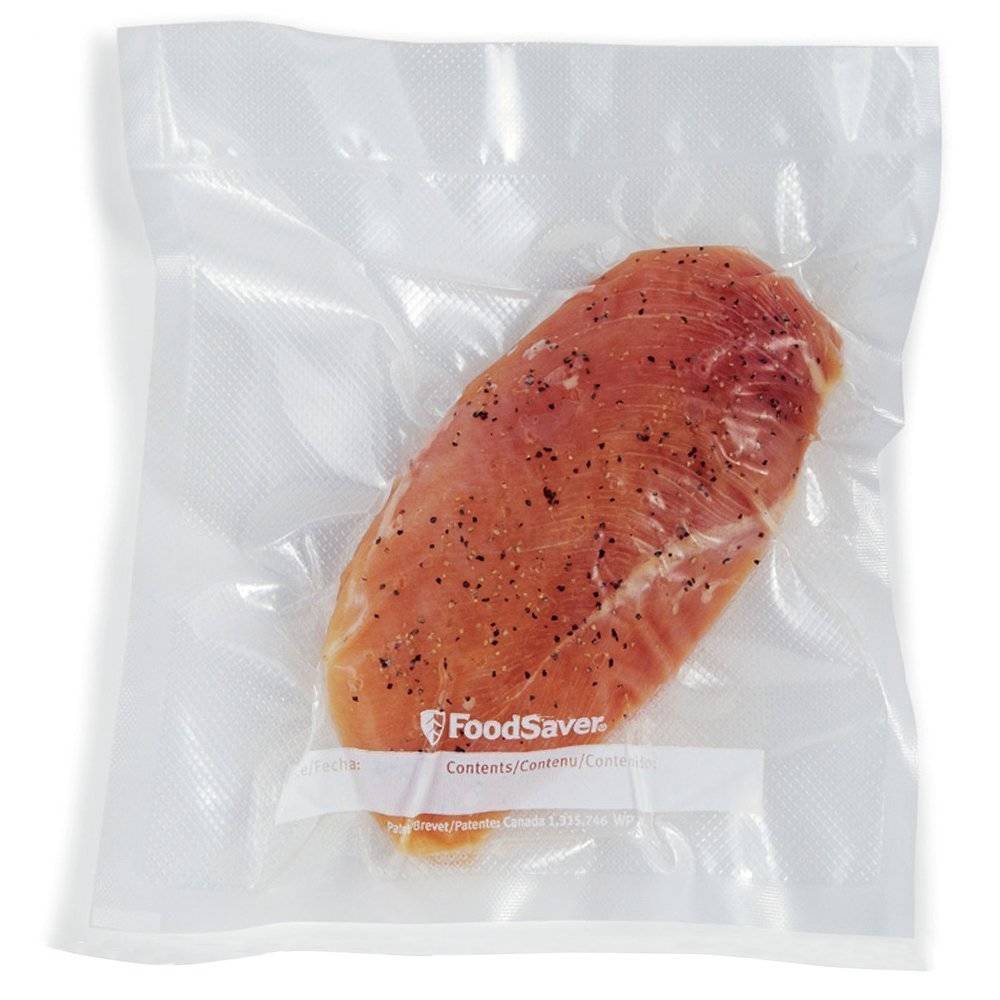
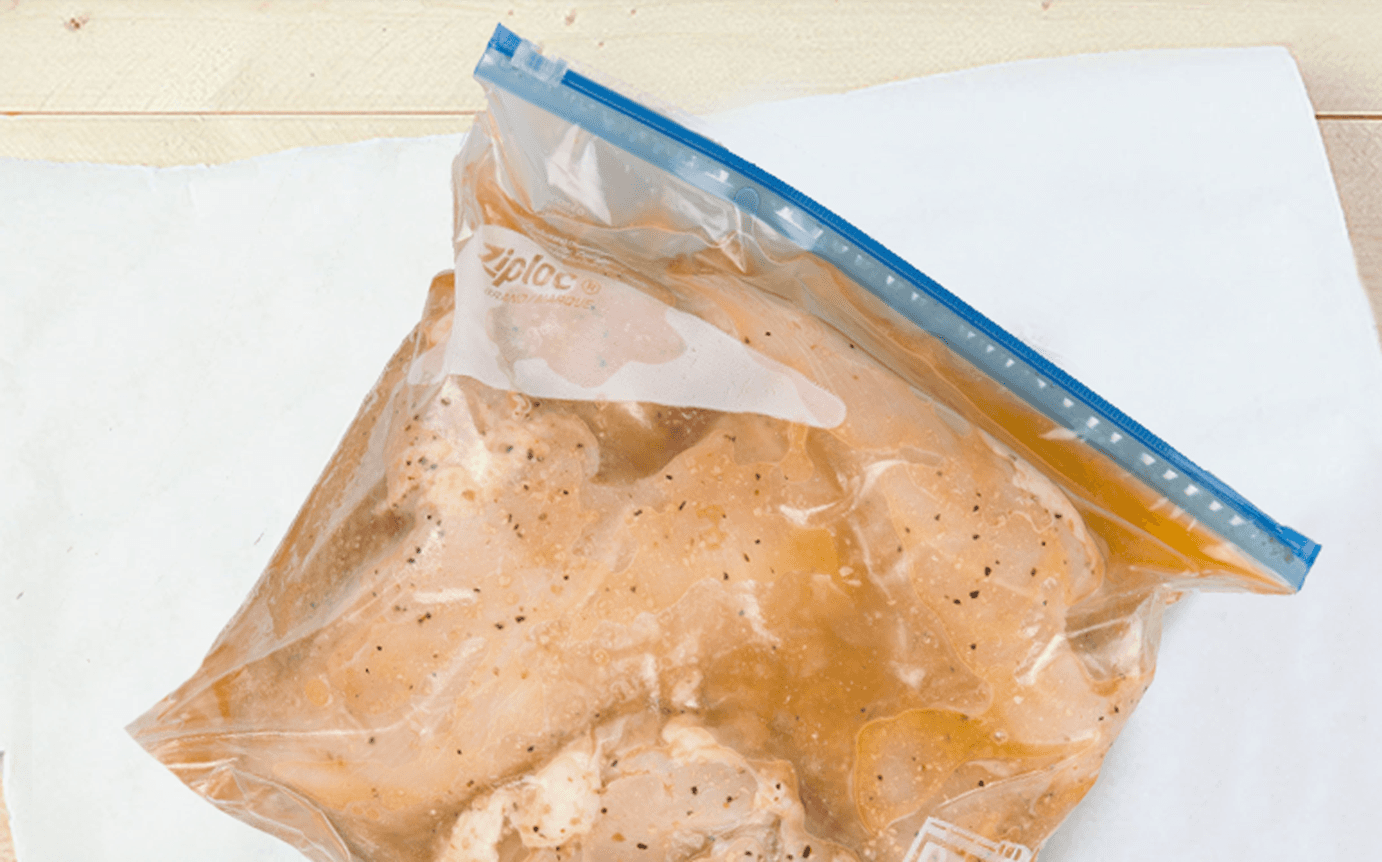
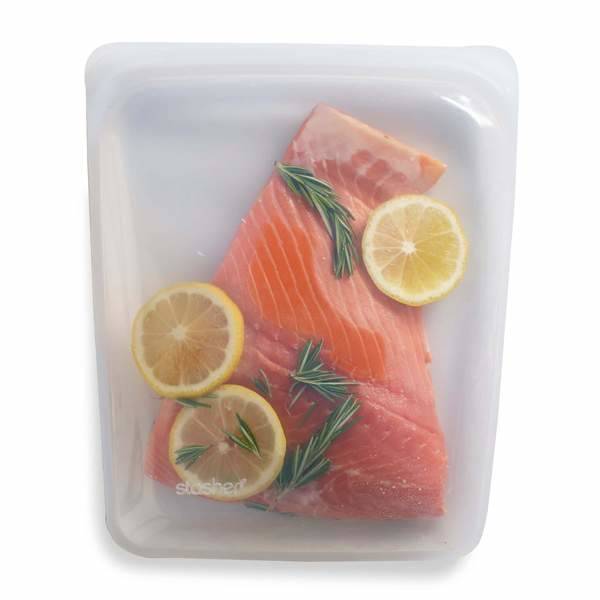
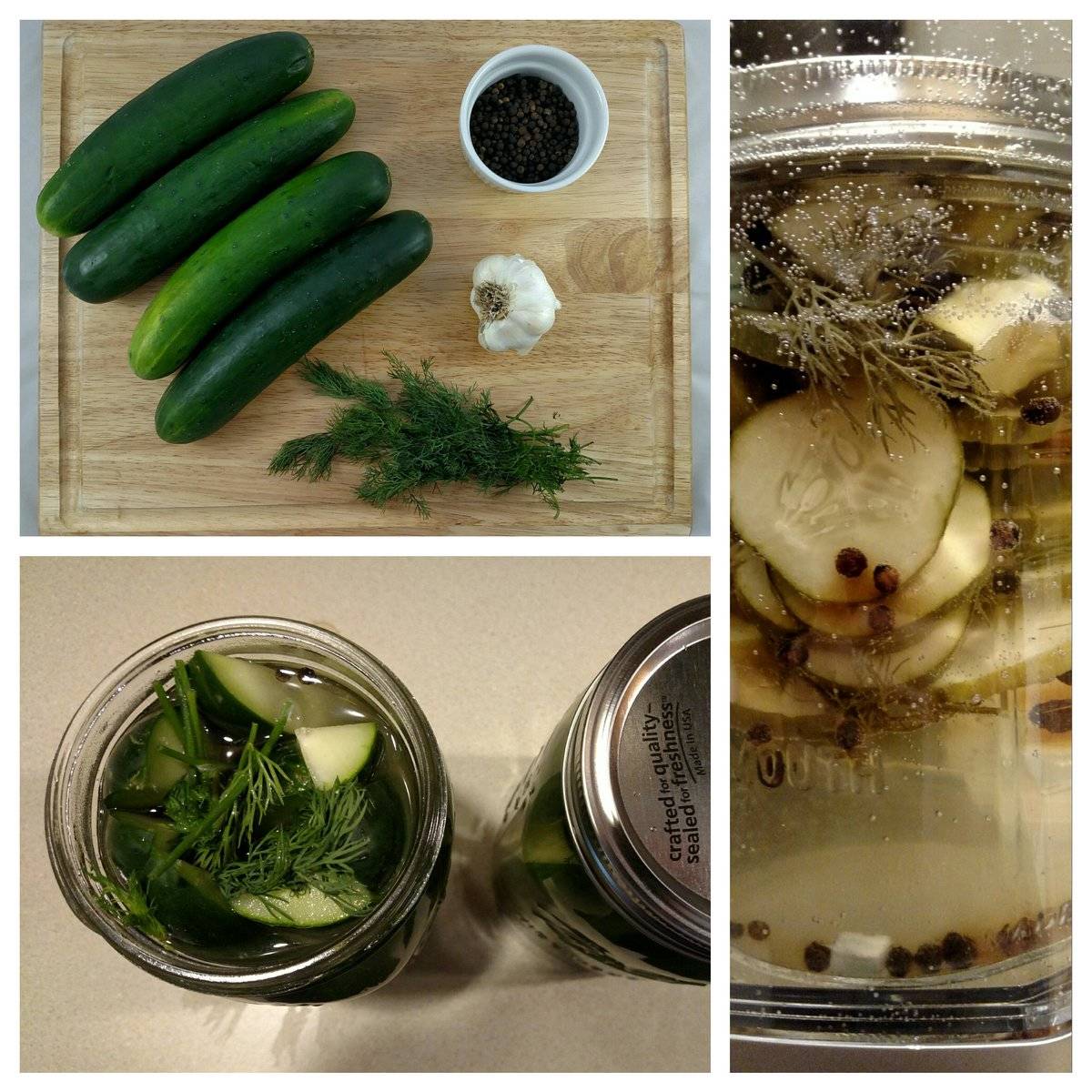
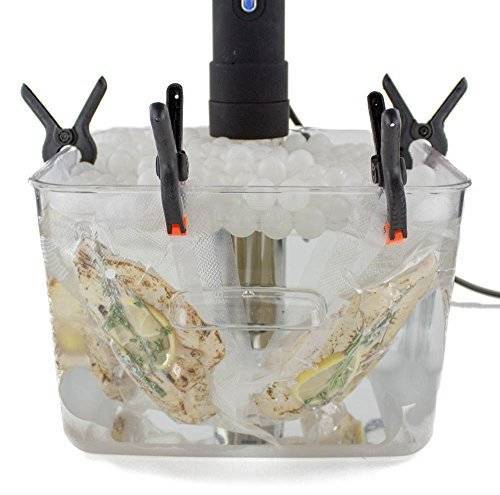
Thanks for the article. I’ve been doing sous vide only two months. It’s been great and except for some minor wifi/Bluetooth connectivity potholes, it’s been a whole new, delicious world. I’ve been using zipper-seal bags of various weights and sizes
, from grocery sandwich baggies to gallon Ziploc brand freezer bags, without any issues. This weekend I decided to use my Anova for a smoked brisket as described at Serious Eats. It was my first >24 hour try, at 30 hours, 155. I had a 4 pound Angus brisket in a 2.5 gallon Ziploc (brand) freezer bag. I had the bag clipped into position with the zipper above the water and it did not touch the Anova. After 9 uneventful hours I noticed a very pleasant, almost chocolate-like aroma. It grew stronger so I went to check the cooker. AAAARŔRRRGGGHHHH! The water was brown. I quickly unclipped the bag and lifted it to a bowl. There was about 1/2 gallon of brown water in the bag. I changed the water out (using a counter top instant hot water source at 135), loaded the meat into a new bag and got it going again quickly. About half the coarse pepper and salt washed off. Even worse, the luscious juices were gone. I looked the bag over and blew it up some. I found the leak on the flat part of the bag, 2 inches from both bottom and side seams as a horizontal slit about 1.5 inches long. It’s still cooking. The plan is to try and complete the cooking and the day after that to finish in the oven. JIC, I’ll make sure to have a simple substitute around. I see a Food saver coming my way for Father’s day in a few weeks.
Hi Interested in you statement that canning jars lids need to be loose to let air out, surely if they let air out then they will let water in? In the canning process the lids are tightened down by hand but not over tightened this is some the seal on the lid has room to expand and seal the jar. The air inside expands and is trapped therefore creating a pressure difference and this seals the top. Please can you explain how leaving the lid loose lets air out but does not allow water to get in?
Do not submerge your canning jars. Place the jars in the water bath so the water is two thirds to three quarters up the outside of the jar, Secondly assure there is an inch of air space left after filling the jar with what you are intending to preserve. When heating in the water bath, we many times place the loose lid or flat atop the jar without the tightening ring. Inside the jar, the heated air is expanded to a point greater than the volume of the jar, the lid then acts as a relief valve releasing some of the heated air. After the heat is turned off, the seal is created as the jar cools, the inside cooling air contracts, and the lid is pulled downward. A slight vacuum is confirmed when the lid audibly “pops”. Then we screw the ring onto the jar tightly thereby protecting the seal.
In total dependence of the vacuum seal with the flat only, my grandmother never used the seal rings. She said to use both would be like wearing a belt and suspenders. And weeks later when she opened a jar, the seal was still intact.
Lastly, never use a flat twice. The seal rings can be used over and over, but the flat lids are single use.
Hi Tim! Sure thing. Since canning is the process of pressurizing your cans you need to allow a little room for air to escape. Finger tight is ideal. If the air doesn’t have anywhere to go while the pressure in the can increases it can cause the lid to buckle or break entirely.
regardless of whether you tighten the lid or leave it a bit loose, I would then put the jar in a large plastic waterproof bag before submerging it just to be sure that no water can leak into my jar. You could drape the end of the bag over the edge of the cooking pot, expel all the air from the plastic bag and then clip the bag in place. If the bag and jar have a tendency to float then you could anchor them down with weights.
I find your statements irresponsible and dangerous regarding plastic bags and cling wrap being “perfectly safe” for use in sous vide cooking just because they are “BPA free”.
Being free of BPA is a significant step forward, however there is a long list of other chemicals which gas out of plastics which are potential endocrine system disruptors and possibly can lead to emotional, psychological negative effects as well as also being carcinogenic.
All plastics that are not pure platinum food grade silicone should never come in contact with food at elevated temperatures, period. None are “perfectly safe”.
What a wonderful legacy we are leaving our children and grand-children, and what is worse is online articles by so called “experts” such as yourself touting superlatives and absolutes regarding food safety when their lack of research in the matter proves their ignorance. Please do some research before responding to peoples questions.
Hi John,
So are you saying silicone re-useable bags made for sous vide are safe?
Foodsaver bags state that they are safe up to 75 degrees Celsius. How can I cook with them vegetables at 85 degrees?
Hey Chen! Foodsaver bags are what we like to call ‘simmer safe.’ That means that they’re safe to use as long as the water is simmering, or below boiling. According to Foodsaver this means they should be safe for anything below 100C, or 212F. With that said, cooking for a long time at high temperatures can make even the toughest bags fall apart.
Even so, there are still a lot of people who have had issues with bags breaking apart at temperatures around 80C, 176F. This is usually because of a fault in the seal (try double or triple sealing), an issue with the vacuum sealer itself, or the cooktime being too long.
100% in agreement. Having just purchased a Sous Vide and having a significant aversion to using anything plastic BPA free or not it looks like I’ll be cooking in glass from now on considering that silicone hasn’t been proven to be perfectly safe either. I am still surprised to see that ‘plasticware ‘ is still popular And so many people are still using it. To be honest I have to admit I do use plastic spoons and forks on occasion but never with anything hot so who am I to judge.
This looks so good! Your post makes me really hungry haha. I’ve never tried sealing my steak before and it’s a great way to marinate and keep everything fresh.